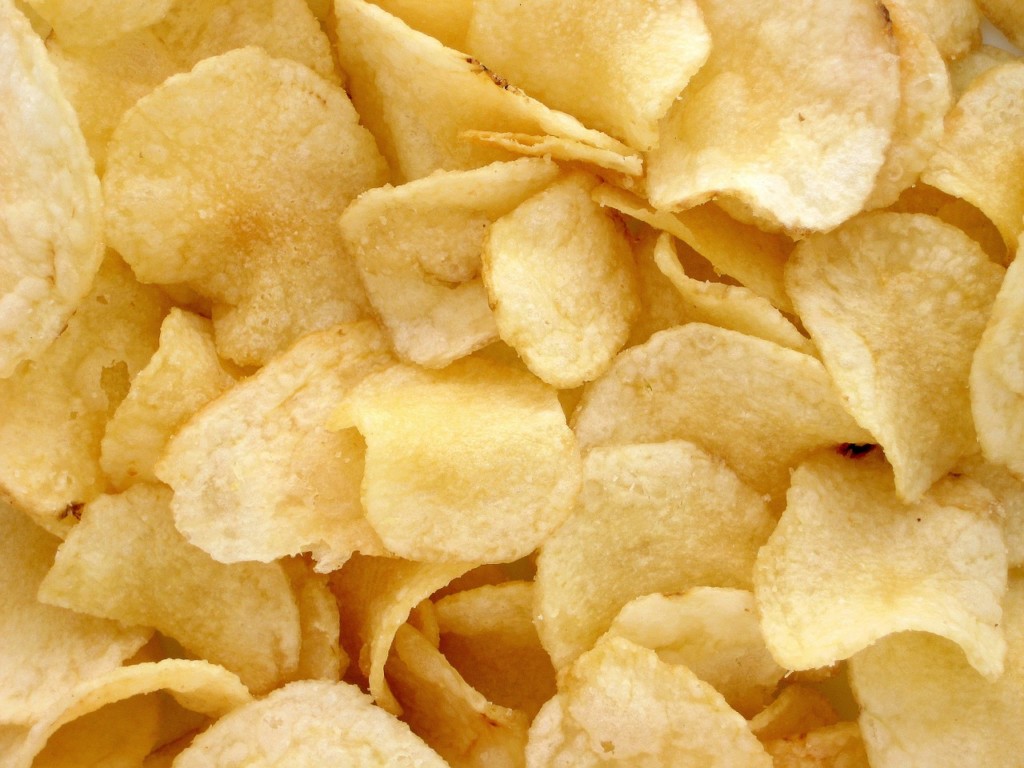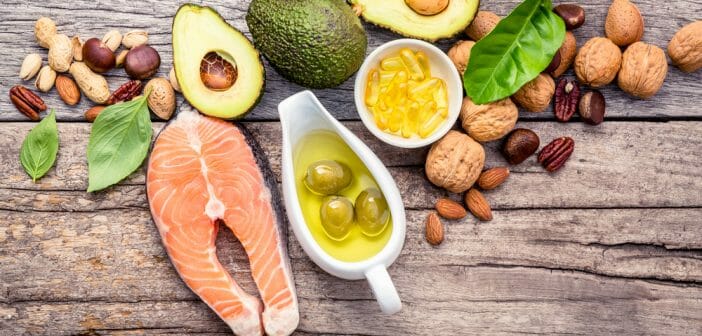In this chapter, we look at lipids, also known as fats. Lipids are the macro-nutrients that complement carbohydrates and proteins.
Definition: lipids, what are they?
Visit lipidsalso known as fatty acids or fatsare essential for metabolism and cell membranes. They provide an "alternative" energy fuel to carbohydrates, particularly when the body enters a state of "heat stress". ketosis.
Like proteins, and unlike carbohydrates, some lipids are considered essential, in the sense that the body cannot synthesize them on its own.
The role of lipids in the body
Among the most important roles of lipids :
- They are the the structure of our cell membranesand thus condition their proper functioning (neurons, brain, thymus).
- They play an essential role in the transport of certain proteins and hormones in the blood
- They serve as vehicles for vitamins fat-soluble (vitamins A, D, E and K)
- They are directly involved in the production of some of our essential hormones, such as sex hormones.
The different types of lipids
Lipids are broken down as follows:
This content is part of the guide Blooness, the guide to the ideal human diet, the summary of which you can find here 🌱🥑
Trans fatty acids
These are partially hydrogenated oils, from industrial processesand which could increase the risk of diabetes, certain cancers, depression and cardiovascular disease. As a precaution, this type of fatty acid should be avoided, or at least kept to a minimum.

Natural sources of trans fatty acids
- Beef and mutton fats (at approx. 4.5 %)
- Cow and goat dairy products (approx. 3.3 %)
- Beef and mutton (approx. 2 %)
Industrial sources of trans fatty acids
The main industrial source of trans fatty acids is the partial catalytic hydrogenation of polyunsaturated fatty acids, to make oils more solid and less sensitive to oxidation. These fatty acids act as preservatives, deodorizers and firming agents.
French-speaking subscribers will receive the newsletter in French, and all others will receive an English version.
They can be found in :
- visit pastries, savoury or sweet cookies and other industrial sweets.
- butter, cream, cheese, yoghurt
- sandwich loaves, margarines, dehydrated soups, ready meals
- Pizza dough or puff pastry
- Fried foods and grilled meats (nuggets, French fries, hamburgers)
- Cooking certain oils and fats
It should be noted that the trans fatty acid content of foods is not indicated in all composition tables, as European regulations do not require it to appear on food labels.
As you can see, all these trans-fatty acid-rich foods should be avoided, and reserved for truly exceptional occasions.
Visit saturated fatty acids
They are found in the fat of meats (rib steaks, ribs, cold meats, etc.), dairy products, butter and coconut oil. For a long time, they were considered "bad", but now they're making a comeback, provided they're consumed in moderation, and coconut is preferred to dairy products, for example, and good-quality meat to processed meats.
Saturated fatty acids can be consumed at certain key times of the day, notably at the beginning or middle of the day, in line with the main principles of chrononutrition (a concept to which we'll return in a dedicated chapter of this guide), but they must not be abused, as it is suspected that excessive consumption of saturated fatty acids is associated with a higher risk of coronary and cardiovascular disease. However, there is no reason to exclude them.
Monounsaturated fatty acids
Most of which are contained in olive or macadamia oil, avocado, peanuts, etc. oilseeds (almonds, hazelnuts, Brazil nuts, pecans...), in the form of their main representative: oleic acid (a type of "omega-9").
These fats help provide energy and have a cholesterol-lowering effect. They thus help prevent atherosclerosis (a disease affecting large and medium-caliber arteries) and other cardiovascular complications, notably by increasing "good" cholesterol (HDL), and decreasing "bad" cholesterol (LDL).
Polyunsaturated fatty acids
They must be from our dietOur bodies can't synthesize them. They are made up of two families: omega-3s (found in small, fatty fish, eggs from certified hens, etc.) and omega-6s (found in eggs from certified hens, etc.). bleu-blanc-cœur and or in dietary supplements) and omega-6 (sunflower oil, cereals...), and we advise you to eat foods rich in omega-3s, to the detriment of omega-6s. More on this later.
Polyunsaturated fatty acids help lower blood levels of LDL ("bad") cholesterol. They also prevent the onset of cardiovascular disease.
This type of fat is also necessary for the development and functioning of the retina, brain and nervous system, and helps prevent high blood pressure while having a beneficial influence on the quality of cell membranes, as well as on anti-inflammatory and immune reactions. This explains why the Inuit, whose traditional diet is particularly rich in Omega 3 (fish, marine mammals), have virtually no cardiovascular disease.
Energy intake from lipids in kcal
In terms of energy, unlike carbohydrates, lipids provide 9kcal per 1 gram (versus 4kcal for carbohydrates and proteins).
What are the recommended amounts of fat?
For an average adult (total metabolism 2,500 kcal), ANSES recommends consuming around 100g of lipids per day, or 35% of total daily intake. However, as with other macro-nutrients, lipid consumption once again depends on the type of diet chosen, individual tastes, and the objectives sought, if any.
So, in the case of a low-carbIn this case, fat consumption should be increased, to the detriment of carbohydrates. Conversely, in the case of weight gain for a body-builder, carbohydrates should be preferred.
Once you have defined your daily fat intake, the most important thing is to respect it as much as possible. the optimal ratio of omega 3, omega 6 and omega 9. This is the subject of a chapter in the Blooness guide.
END of the section on macronutrients !
Next section: Micronutrients, with chapter 1: vitamins.
Previous chapter: complementary proteins.



